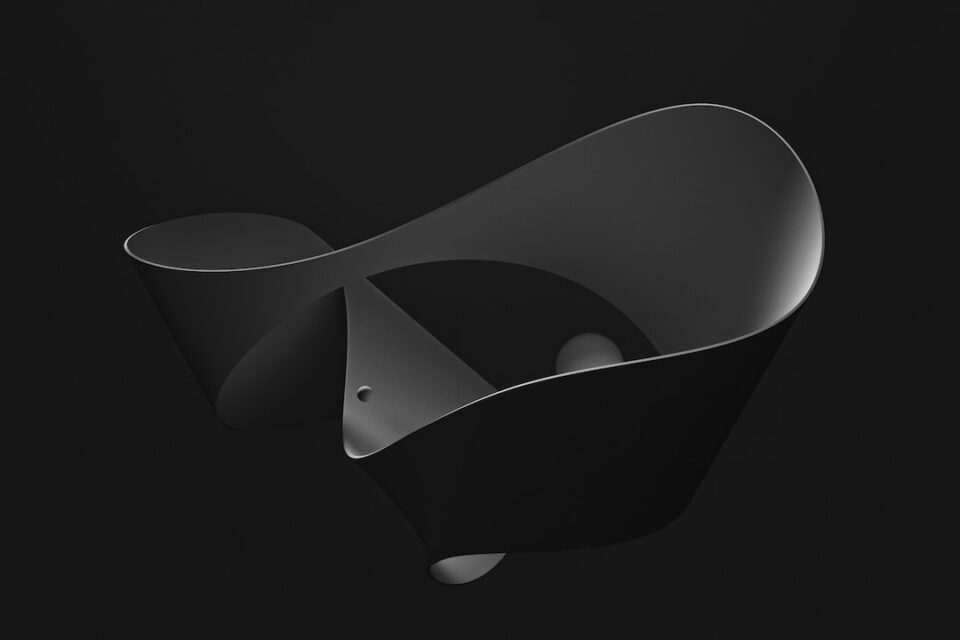The psychology of colors in art: How hues impact our emotions
Colors have a profound influence on our emotions and can elicit a wide range of responses. This holds true not only in our everyday lives but also in the world of art. Artists have long recognized the power of colors to invoke specific feelings and create a desired atmosphere in their artwork. Understanding the psychology of colors can provide valuable insights into the emotional impact of different hues in art.
Red, for instance, is a color that evokes strong emotions. It is associated with passion, energy, and intensity. Red can stimulate the senses and increase heart rate, making it a popular choice for artists wanting to convey strong emotions or draw attention to specific elements in their artwork. Think of the iconic red dress worn by the woman in John Singer Sargent’s painting, “Madame X.” The vibrant red color leaves a lasting impression and adds a sense of drama and sensuality to the overall composition.
On the other end of the spectrum, blue is often associated with feelings of calmness and tranquility. It is a color that is frequently used in serene landscapes or peaceful seascapes. Artists use blue to create a sense of harmony and relaxation in their artworks. When we think of Vincent van Gogh’s famous painting, “Starry Night,” the blues used in the night sky create a dreamlike and serene atmosphere, transporting the viewer to a peaceful state of mind.
Green is a color that is often associated with nature and symbolizes growth and renewal. It is a color that is pleasing to the eye and can evoke feelings of balance and harmony. Artists frequently use green to create landscapes showcasing the beauty of nature and connect viewers with a sense of serenity. The soothing green hues in Claude Monet’s “Water Lilies” series capture the essence of tranquility found in a serene garden.
Yellow, as many of us already know, is associated with happiness and optimism. It is a color that brings warmth and joy to a composition. Artists often incorporate yellow to create a sense of positivity and vitality in their artworks. When we look at Gustav Klimt’s painting, “The Kiss,” the use of vibrant yellow tones emphasizes the passionate and joyful embrace between the two figures.
Colors can also evoke emotions based on cultural and personal associations. The same color can have different meanings and emotional responses across various cultures and individuals. For example, in Western cultures, black is often associated with mourning and sorrow. In contrast, in some Eastern cultures, black can symbolize power and authority. Artists take these cultural and personal associations into account when choosing colors to provoke specific emotional responses in their audience.
In conclusion, the psychology of colors in art is a fascinating subject that explores how hues can impact our emotions. Artists use colors strategically to invoke certain feelings and create desired atmospheres in their artwork. Understanding the emotional impact of different colors allows us to appreciate and interpret art on a deeper level. So, the next time you find yourself captivated by a painting, take a moment to reflect on the colors used, and consider the emotions they stir within you.


